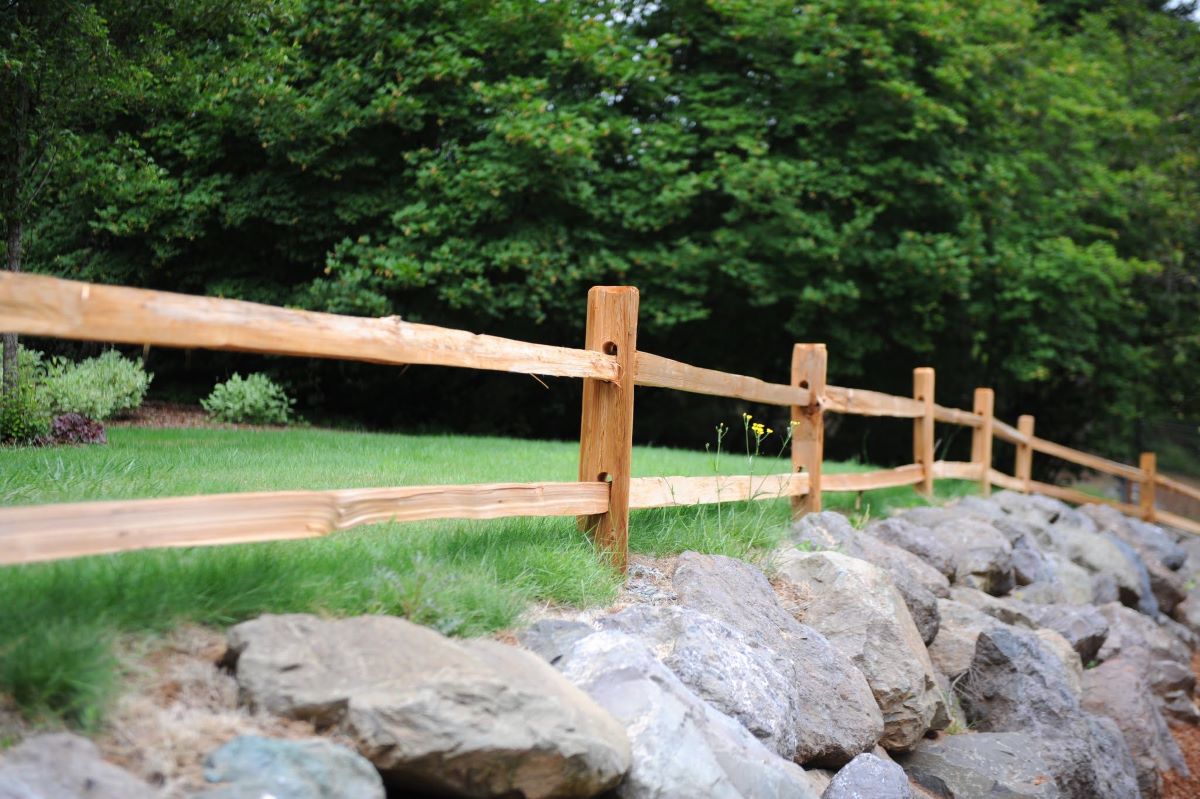

Articles
How Much Is Split Rail Fence
Modified: January 6, 2024
Find out how much a split rail fence costs with our informative articles. Learn about the materials, installation process, and maintenance tips for this type of fencing.
(Many of the links in this article redirect to a specific reviewed product. Your purchase of these products through affiliate links helps to generate commission for Storables.com, at no extra cost. Learn more)
Introduction
A split rail fence is not only a practical investment for property owners but also a charming addition to any outdoor space. This type of fence, also known as a log fence or zigzag fence, has a rustic and traditional appeal that can enhance the aesthetic value of your property. Whether you’re looking to enclose a field, corral livestock, or create a boundary around your garden, a split rail fence is a versatile option that can fulfill your needs while adding a touch of timeless beauty to your surroundings.
In this article, we will explore the various aspects of split rail fences, including their benefits, factors that affect the cost, average pricing, and whether it’s more cost-effective to tackle the installation as a DIY project or hire a professional. By the end of this article, you will have a comprehensive understanding of split rail fences and how much you can expect to spend to bring this classic fencing option to your property.
Key Takeaways:
- Split rail fences offer a cost-effective, visually appealing, and durable fencing option that adds rustic charm to any property. Understanding the factors affecting costs and considering DIY vs. professional installation can help property owners make informed decisions.
- When planning for a split rail fence, property owners should consider material costs, labor costs, and additional expenses such as permits and maintenance. Careful budgeting and weighing the pros and cons of DIY vs. professional installation are crucial for a successful and satisfying project.
Read more: How To Build Split Rail Fence
What is a Split Rail Fence?
A split rail fence is a type of fence that is made up of wooden logs or rails that are split lengthwise and stacked horizontally to create a barrier. This type of fence is characterized by its simple and rustic design, with the rails being held together by vertical posts. The absence of nails or other fasteners adds to the fence’s natural and organic appearance.
Split rail fences have a long history and are often associated with the American frontier and traditional rural settings. They were originally used to define boundaries and enclose livestock, particularly in farming and ranching areas. Despite their historical origins, split rail fences have become increasingly popular in modern landscaping and are valued for their simple beauty and functionality.
One of the defining features of a split rail fence is its flexibility. Depending on your needs and preferences, you can choose between a two-rail, three-rail, or even four-rail design. The number of rails determines the fence’s height and level of enclosure. While split rail fences typically do not provide complete privacy, they can serve as effective boundary markers and provide a clear visual distinction between your property and its surroundings.
The materials used in building a split rail fence are typically wood, with cedar and pine being the most popular choices. Both types of wood are known for their durability and resistance to rot and pests. Cedar tends to be more expensive but offers a higher level of natural resistance to decay, while pine is more affordable but may require periodic treatments to prolong its lifespan.
Overall, a split rail fence offers a unique combination of functionality, charm, and a timeless aesthetic. Whether you’re looking to add a touch of country elegance to your backyard, enclose a garden, or create a safe space for your pets or livestock, a split rail fence can be a versatile and visually appealing choice.
Benefits of Split Rail Fences
Split rail fences offer a range of benefits that make them a popular choice for both residential and commercial properties. Here are some of the advantages of installing a split rail fence:
1. Aesthetically Pleasing
Split rail fences have a rustic and charming appearance that adds character and enhances the overall visual appeal of your property. The natural wood and open design of the fence allow it to blend seamlessly with various landscapes, from suburban gardens to rural fields.
2. Durable and Long-Lasting
When properly maintained, split rail fences can last for several decades. The use of rot-resistant wood, such as cedar or pressure-treated pine, ensures that the fence can withstand the elements and remain sturdy over time.
Read more: Where To Buy Split Rail Fence
3. Easy Installation and Repair
Compared to other types of fences, split rail fences are relatively easy to install. The absence of complex paneling or individual pickets makes the installation process quicker and more straightforward. Additionally, in case of damage to a rail, it can be easily replaced without the need to dismantle the entire fence.
4. Enhanced Visibility
Split rail fences provide a clear boundary without obstructing the view. This makes them an ideal choice for properties where maintaining a sense of openness and visibility is important, such as properties with scenic views or properties that require constant monitoring, such as farms or horse pastures.
5. Cost-Effective Option
Split rail fences are generally more cost-effective compared to other types of fences, especially when considering the materials and labor required. The simple design and minimal use of materials contribute to lower costs, making it an affordable choice for property owners on a budget.
6. Versatility
Split rail fences can be customized to fit the specific needs and style preferences of the property owner. With different rail configurations and options for decorative posts, split rail fences can be tailored to match the aesthetic of any property, whether it’s a traditional farmhouse or a modern suburban home.
Overall, split rail fences provide a timeless and practical solution for property owners, offering a range of benefits that blend beauty, durability, and cost-effectiveness. Whether you’re looking to enhance the aesthetic appeal of your property or create a functional boundary, a split rail fence is a versatile and attractive choice.
Read more: How To Build A Post And Rail Fence
Factors that Affect the Cost of a Split Rail Fence
The cost of a split rail fence can vary based on several factors. Understanding these factors can help you estimate the budget needed for your project. Here are the key factors that can impact the overall cost of a split rail fence:
1. Fence Length
The length of the fence plays a significant role in determining the cost. Naturally, a longer fence will require more materials and labor, resulting in higher overall costs. Measure the perimeter where the fence will be installed to get an accurate estimation of the length needed.
2. Number of Rails
The number of rails used in the fence design can also affect the cost. A typical split rail fence comes in two-rail, three-rail, or four-rail options. Adding more rails will increase the cost since it requires additional materials, such as extra rails and posts.
3. Quality of Materials
The choice of wood and its quality will impact the cost of the split rail fence. Higher-quality wood, such as cedar, is generally more expensive but offers greater durability and longevity. On the other hand, choosing a more affordable option like pressure-treated pine can help reduce costs while still providing decent durability.
Read more: How To Make A Rail Fence Quilt
4. Fence Height
The height of the split rail fence can impact the overall cost. If you require a taller fence, it will require additional posts, rails, and labor, which will increase the total expense. Consider the purpose of the fence and the level of privacy or security you desire when deciding on the fence height.
5. Terrain and Ground Conditions
The terrain and ground conditions of your property can affect the ease of installation and, consequently, the cost. If the ground is uneven or rocky, it might require additional labor or specialized tools, which can increase the overall cost of installation.
6. Accessibility
The accessibility of your property can impact the cost of installing a split rail fence. If your property is difficult to reach or has limited access for equipment, it can result in additional labor or equipment requirements, leading to higher installation costs.
It’s important to consider these factors when planning your split rail fence project. By understanding these variables, you can better estimate the overall cost and make informed decisions when selecting materials and design options for your split rail fence.
Material Costs
The cost of materials for your split rail fence will depend on several factors, including the type of wood chosen and the length and height of the fence. Here are some guidelines to help you estimate the material costs for your split rail fence project:
Read more: How Much Is A Split Air Conditioner
1. Type of Wood
The type of wood you choose for your split rail fence will have a significant impact on the cost. Cedar is a popular choice due to its natural resistance to decay and durability, but it is generally more expensive compared to other options. Pressure-treated pine is a more affordable alternative that still offers decent durability. Research different wood types and their prices to find the best fit for your budget and desired aesthetic.
2. Number of Rails
The number of rails you decide to include in your split rail fence will affect the material costs. A two-rail fence will require fewer rails compared to a three-rail or four-rail design, which means lower material costs. Calculate the number of rails required based on the length of your fence, keeping in mind that additional rails will increase the overall cost.
3. Length and Height
The length and height of your split rail fence will determine the amount of material needed. Measure the perimeter of your desired fence area accurately and consider the height you require. Longer fences and taller fences will require more posts and rails, resulting in higher material costs. Take precise measurements and consult with a supplier to get an estimate of the materials required.
4. Additional Materials
In addition to the rails and posts, you may need additional materials for your split rail fence. This can include items such as gravel or concrete for post foundations, nails or screws for securing rails, and any necessary hardware for joining sections of the fence. These extra materials should be factored into your overall material cost calculation.
Read more: How Much Do Porch Railings Cost
5. Supplier Costs
The cost of materials will vary depending on the supplier you choose. It’s recommended to obtain quotes from multiple suppliers to compare prices. Consider factors such as delivery charges, the reputation of the supplier, and any additional services they may offer, such as cutting the rails to size or providing pre-assembled sections of the fence.
By considering these factors and getting accurate measurements, you can estimate the material costs for your split rail fence. Remember to account for any additional materials needed and compare prices from different suppliers to ensure you get the best value for your money.
Labor Costs
In addition to material costs, labor costs are an important factor to consider when budgeting for a split rail fence installation. The labor costs will depend on various factors, including the size and complexity of the project, local labor rates, and the experience and efficiency of the fencing contractor. Here are some key points to consider regarding labor costs for your split rail fence:
1. Installation Complexity
The complexity of the installation can affect the labor costs. Factors such as the terrain and ground conditions, the presence of obstacles like trees or rocks, and any required customization or special features can increase the time and effort required for installation. More complex installations may require a higher level of expertise, which can in turn increase the labor costs.
2. Fence Length and Height
The length and height of the fence will also impact the labor costs. Longer fences require more posts and rails, which means more time and effort to install. Taller fences may require additional considerations for stability, such as deeper post holes or additional reinforcement, which can increase the labor needed for installation.
Read more: How Much For A Fence Gate
3. Team Size and Experience
The size of the fencing team and their level of experience can affect the labor costs. If the project requires more laborers or a skilled crew, it may result in higher labor costs. Highly experienced and reputable fencing contractors may also charge higher rates for their expertise and quality of work.
4. Accessibility and Site Preparation
The accessibility of your property and the condition of the installation site can impact the labor costs. If the site is difficult to reach or requires extensive site preparation, such as clearing vegetation or leveling the ground, it may require additional time and effort from the laborers, which can increase the overall labor costs.
5. Obtaining Quotes
To estimate the labor costs for your split rail fence installation, it is recommended to obtain quotes from multiple fencing contractors. Each contractor may have their own rates and labor estimates, so comparing quotes will help you gauge the average cost in your area. Consider the reputation, experience, and customer reviews of the fencing contractors when making your decision.
Keep in mind that labor costs can vary significantly depending on location and the specific circumstances of your project. It’s crucial to communicate your project requirements clearly and discuss your budgetary constraints with potential fencing contractors to ensure that you receive accurate estimates for the labor costs involved.
Additional Costs to Consider
When planning for a split rail fence installation, it’s important to consider potential additional costs beyond just the materials and labor. These additional costs can arise during the installation process or after the fence is in place. Here are some key factors to consider when budgeting for your split rail fence project:
Read more: How Much To Stain Fence
1. Permits and Regulations
Before installing a split rail fence, you may need to obtain permits or adhere to certain regulations set by your local municipality or homeowners’ association. These requirements can vary depending on your location and the specific restrictions in place. Check with the relevant authorities to understand if there are any associated costs with obtaining permits or meeting regulations for your fence installation.
2. Clearing and Site Preparation
If the installation area for your split rail fence is overgrown or requires clearing of vegetation or debris, you may need to account for the cost of site preparation. This can include hiring professionals for clearing or doing the work yourself, renting equipment, or using landscaping services to ensure a clean and level installation area.
3. Post Installation Treatments
If you choose pressure-treated pine for your split rail fence, you may need to consider the cost of post-installation treatments. Applying a sealant or stain to the wood can help protect it from weathering and increase its longevity. Additionally, you may need to regularly treat the wood to maintain its appearance and resistance to decay. These treatments will incur additional costs over the lifespan of the fence.
4. Gates and Hardware
If your split rail fence requires gates for convenient access, you will need to factor in the cost of gates and associated hardware. The size, style, and material of the gates will affect the cost. Additionally, consider the type of gate hardware, such as hinges and latches, that you will need to ensure the gates are functional and secure.
Read more: How Much To Replace A Fence
5. Maintenance and Repairs
While split rail fences generally require minimal maintenance, it’s important to account for any potential maintenance and repair costs over time. This can include replacing damaged or rotting rails or posts, repairing sagging sections, or re-staining or sealing the wood to maintain its appearance. Regular maintenance will help prolong the life of your fence and prevent more costly repairs down the line.
By considering these additional costs and factoring them into your budget, you can ensure that you have a comprehensive understanding of the full financial implications of installing and maintaining a split rail fence. Being prepared for these additional costs will help you avoid any surprises and ensure a successful and hassle-free fence installation process.
Average Cost of Split Rail Fences
The average cost of a split rail fence can vary depending on several factors, including the length, height, materials used, and any additional features or customization. While it’s difficult to give an exact figure for the average cost due to these variables, we can provide a general range to help you estimate the budget for your split rail fence project.
On average, the cost per linear foot for a split rail fence can range between $10 to $30. This cost includes both materials and labor, with most of the expense going towards the materials. Keep in mind that this is a rough estimate, and the actual cost can vary based on factors such as location, the specific type of wood chosen, and the complexity of the installation.
For example, a basic two-rail split rail fence made of pressure-treated pine can cost around $10 to $15 per linear foot. If you opt for a more expensive wood type like cedar, the cost can increase to around $20 to $30 per linear foot. Adding a third rail or customizing the fence design with decorative posts and gates can also contribute to higher costs.
To provide a more accurate estimation of the total cost for your split rail fence project, it’s recommended to obtain quotes from multiple fencing contractors. They can assess your specific requirements and provide a detailed breakdown of the materials, labor, and any additional costs involved. Getting multiple quotes will also allow you to compare prices and make an informed decision.
It’s important to note that the cost of the split rail fence does not include any additional expenses, such as permits, site preparation, post-installation treatments, or future maintenance and repairs. These additional costs should be considered when budgeting for your project to ensure that you have a comprehensive understanding of the overall expenses involved.
By taking into account the average cost range and considering the specific factors that influence the cost, you can better estimate the budget required for your split rail fence. Proper planning and thorough research will help you make informed decisions and ensure that your project is completed within your desired budget.
DIY vs. Hiring a Professional
When it comes to installing a split rail fence, one important decision to make is whether to tackle the project as a do-it-yourself (DIY) endeavor or hire a professional fencing contractor. Both options come with their own advantages and considerations to keep in mind. Let’s explore the pros and cons of each approach to help you make an informed decision for your split rail fence project.
1. DIY Installation
Pros:
- Cost Savings: Taking on the installation yourself can save you money by eliminating labor costs associated with hiring a professional.
- Flexibility: DIY projects allow you to work at your own pace and have more control over the final result.
- Learning Opportunity: Installing a split rail fence can provide a valuable learning experience and give you a sense of accomplishment.
Cons:
- Time and Effort: DIY installations require a significant time commitment, as you will need to research, plan, and execute the project on your own.
- Skill and Experience: Split rail fence installation may require specific tools and techniques that you may not be familiar with, potentially leading to a less professional-looking end result.
- Potential Mistakes: Inexperienced DIYers may make costly mistakes during the installation process, such as incorrect measurements or improper post placement.
Read more: How Much Is It To Fence An Acre
2. Hiring a Professional
Pros:
- Expertise and Experience: Professional fencing contractors have the knowledge and experience to ensure a high-quality and efficient installation.
- Time-Saving: Hiring professionals allows you to focus on other tasks while they handle the entire installation process, saving you time and effort.
- Quality Workmanship: Professionals have access to the necessary tools, equipment, and materials to deliver a durable and aesthetically pleasing split rail fence.
Cons:
- Cost: Hiring a professional will incur additional costs, including labor and potentially higher material prices if they supply the materials as well.
- Limited Control: You will have less direct control over the installation process and may need to communicate your preferences clearly to ensure they are met.
- Scheduling: Relying on a professional’s availability may mean that your project is subject to their schedule and may not be completed as quickly as you’d like.
Consider the complexity of the project, your skills and experience with similar tasks, and your available time and resources when deciding whether to tackle a split rail fence installation on your own or hire a professional. If you have the necessary skills, tools, and time, a DIY approach can help save on costs. However, if you lack experience or prefer a hassle-free installation, hiring a professional fencing contractor can ensure a smooth and professional result.
Ultimately, the choice between DIY and hiring a professional depends on your individual circumstances and preferences. Whichever decision you make, it’s important to prioritize safety, quality, and adherence to any local regulations to ensure a successful and satisfactory split rail fence installation.
Conclusion
Split rail fences offer a timeless and charming addition to any property, combining functionality with rustic aesthetics. They can enhance the visual appeal of your outdoor space while serving as a practical boundary or enclosure. Throughout this article, we explored the various aspects of split rail fences, including their definition, benefits, factors affecting costs, and the decision between DIY installation and hiring a professional.
Split rail fences have numerous advantages, including their natural and rustic charm, durability, ease of installation and repair, enhanced visibility, cost-effectiveness, and versatility. They provide a visually appealing solution that complements various landscapes, from suburban gardens to rural fields. Additionally, with options for customization and different wood types to choose from, you can tailor your split rail fence to match your desired aesthetic and functional needs.
When considering the cost of a split rail fence, it’s important to factor in material costs, labor costs, and any additional expenses such as permits, site preparation, and maintenance. These costs can vary based on factors such as fence length and height, choice of wood, installation complexity, and the availability of skilled labor in your area. Obtaining quotes from multiple suppliers and fencing contractors will help you estimate the overall budget for your project accurately.
When deciding whether to proceed with a DIY installation or hire a professional, weigh the pros and cons of each option based on factors such as cost savings, time commitment, skill level, and desired level of control. DIY installations provide cost savings and a hands-on experience, but may require more time, effort, and skills. Hiring a professional ensures expert installation, saves time, and guarantees high-quality workmanship, but involves additional costs.
In conclusion, a split rail fence can enhance the appearance and functionality of your property while adding a touch of timeless elegance. Consider your specific needs, preferences, and budget when planning your split rail fence project. With proper research, planning, and the utilization of the information provided in this article, you can successfully create a beautiful and durable split rail fence that adds value to your property for years to come.
Frequently Asked Questions about How Much Is Split Rail Fence
Was this page helpful?
At Storables.com, we guarantee accurate and reliable information. Our content, validated by Expert Board Contributors, is crafted following stringent Editorial Policies. We're committed to providing you with well-researched, expert-backed insights for all your informational needs.
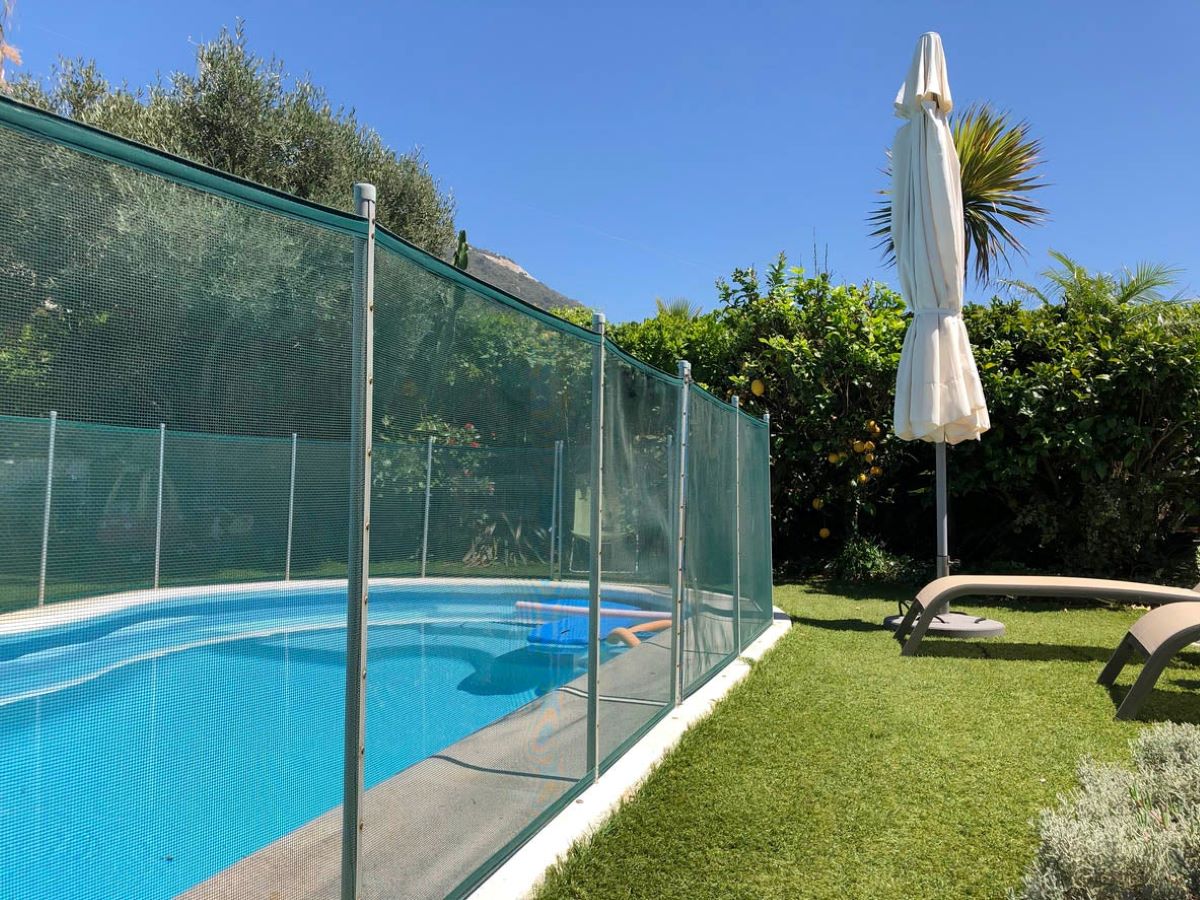
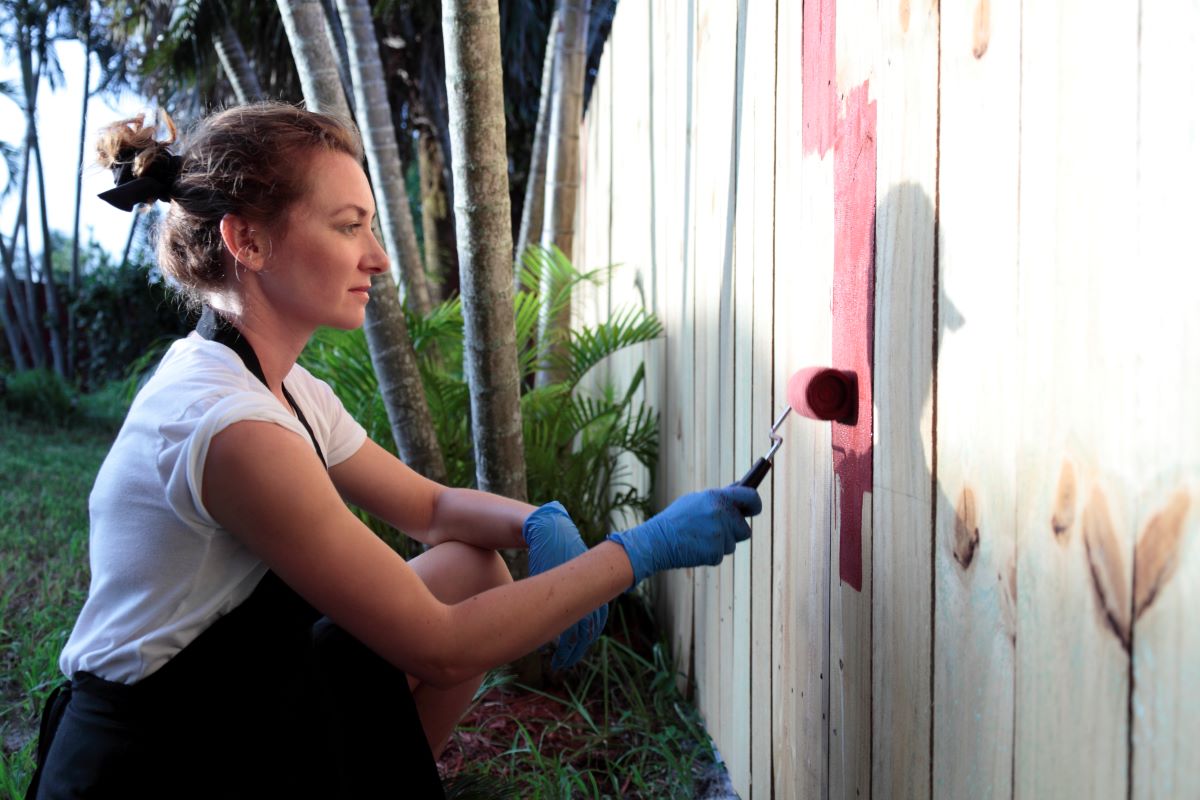
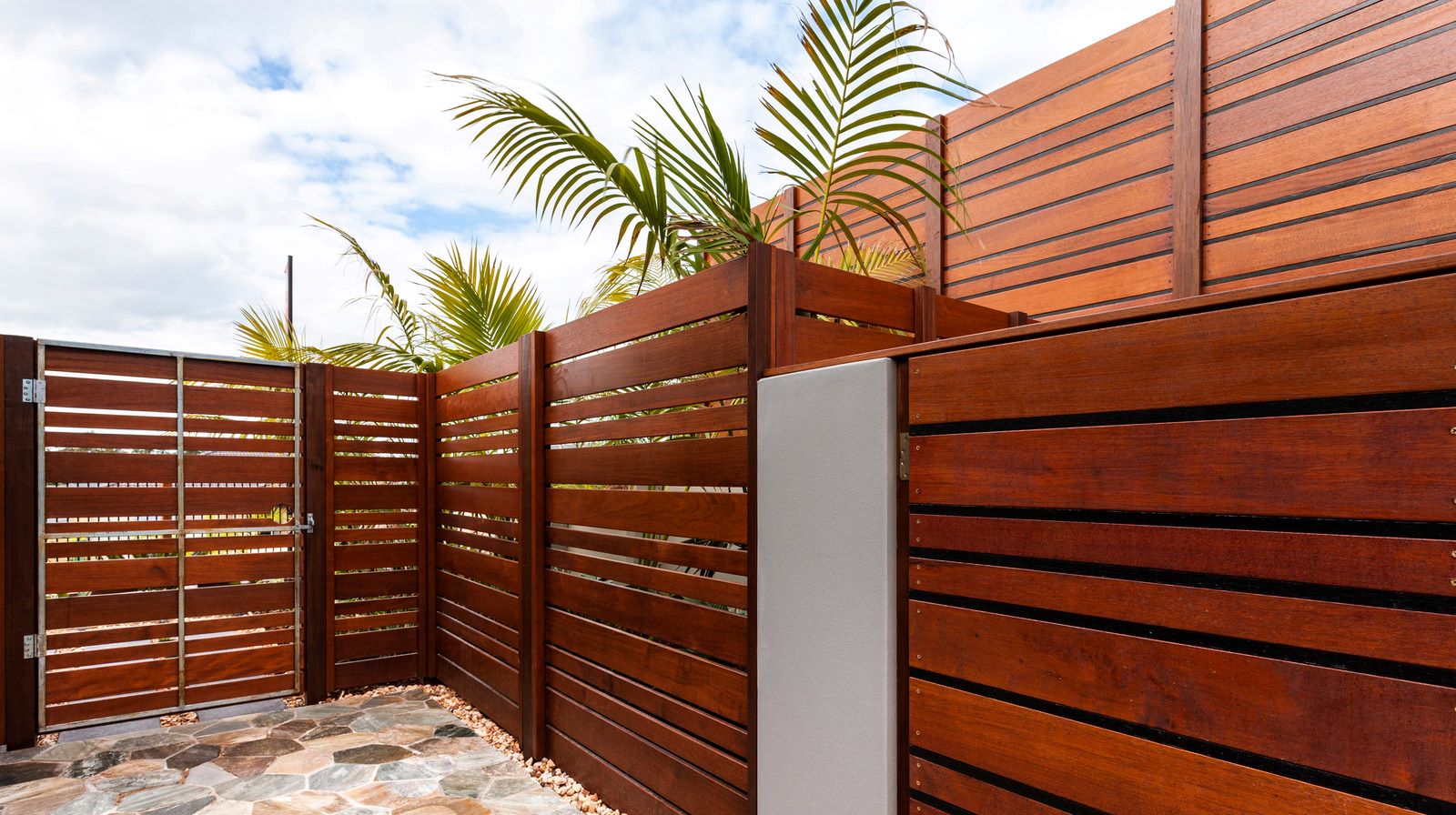
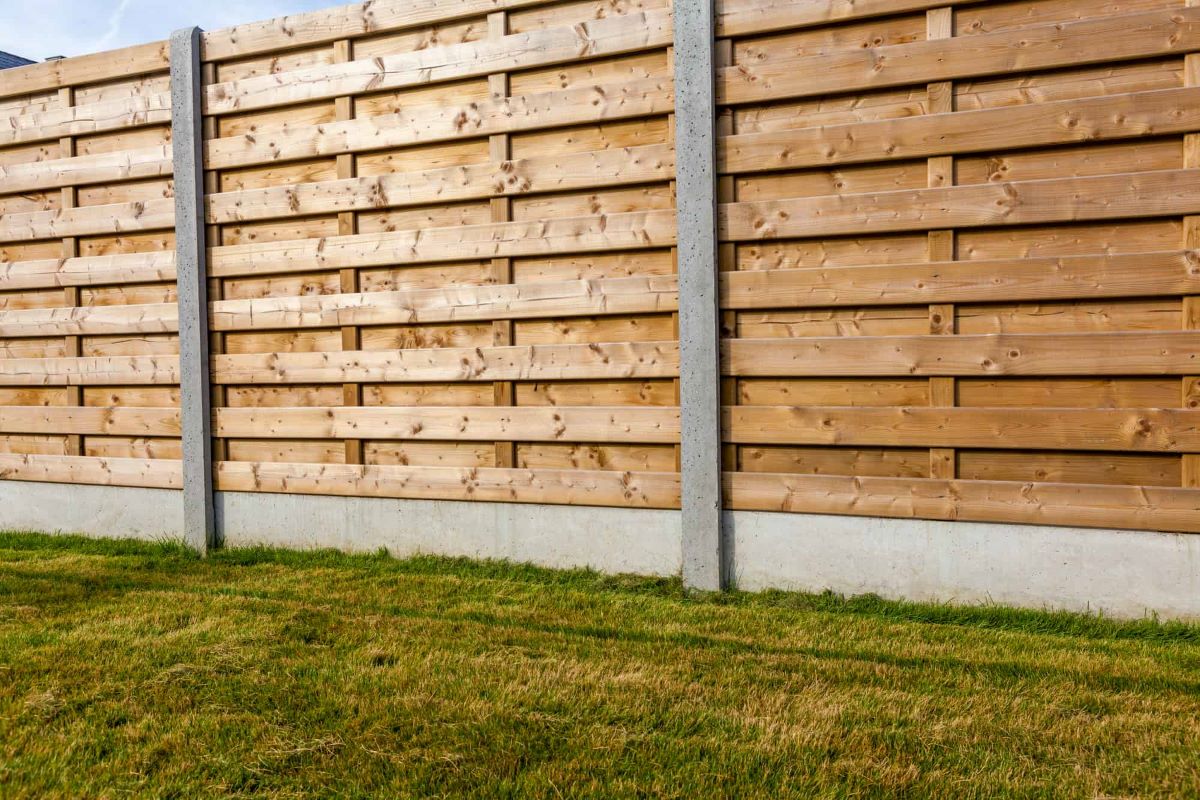
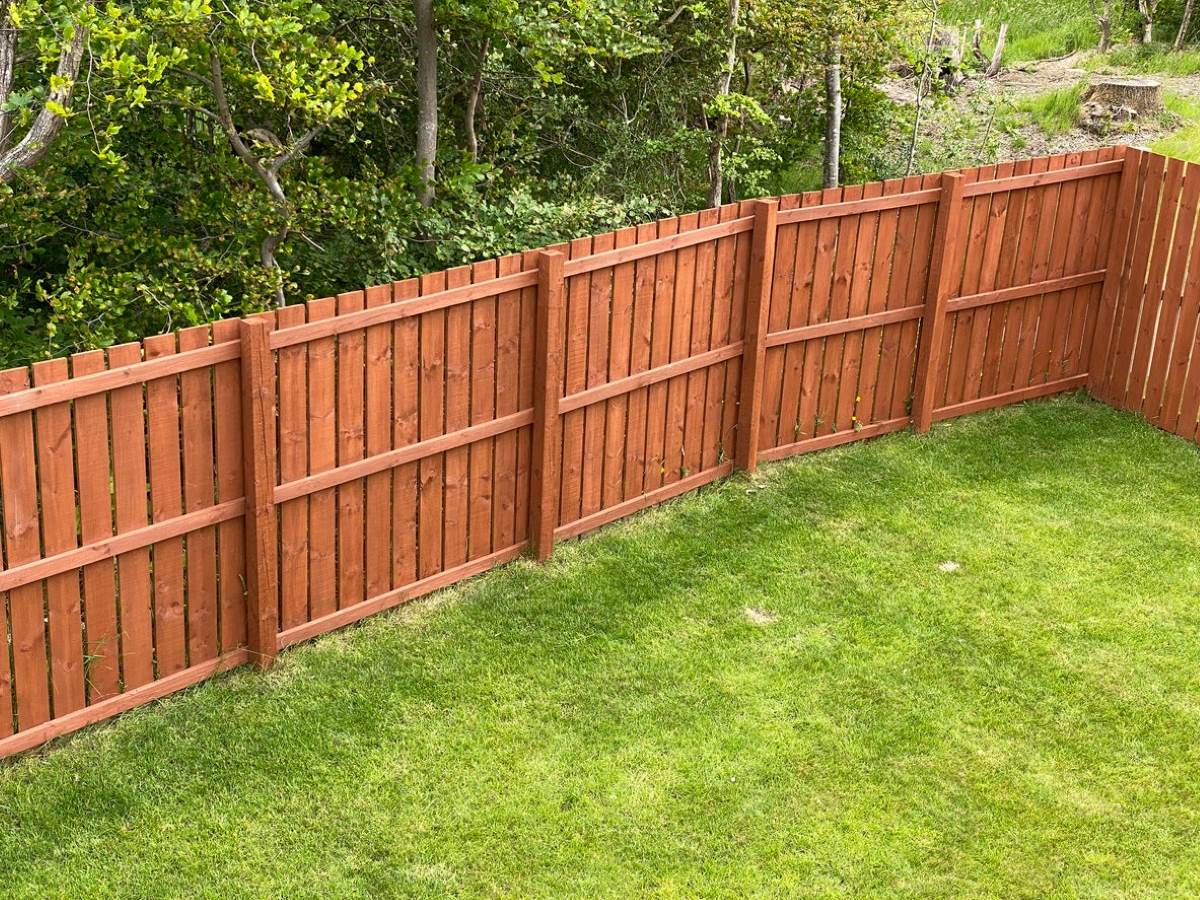
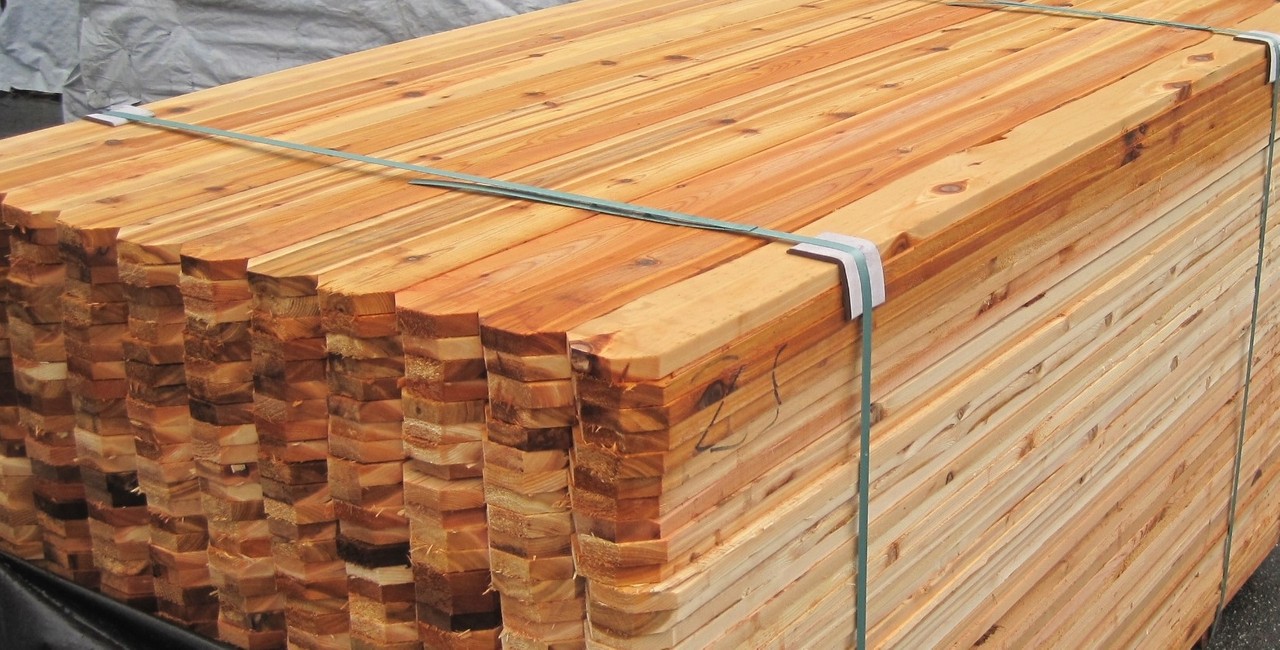

0 thoughts on “How Much Is Split Rail Fence”